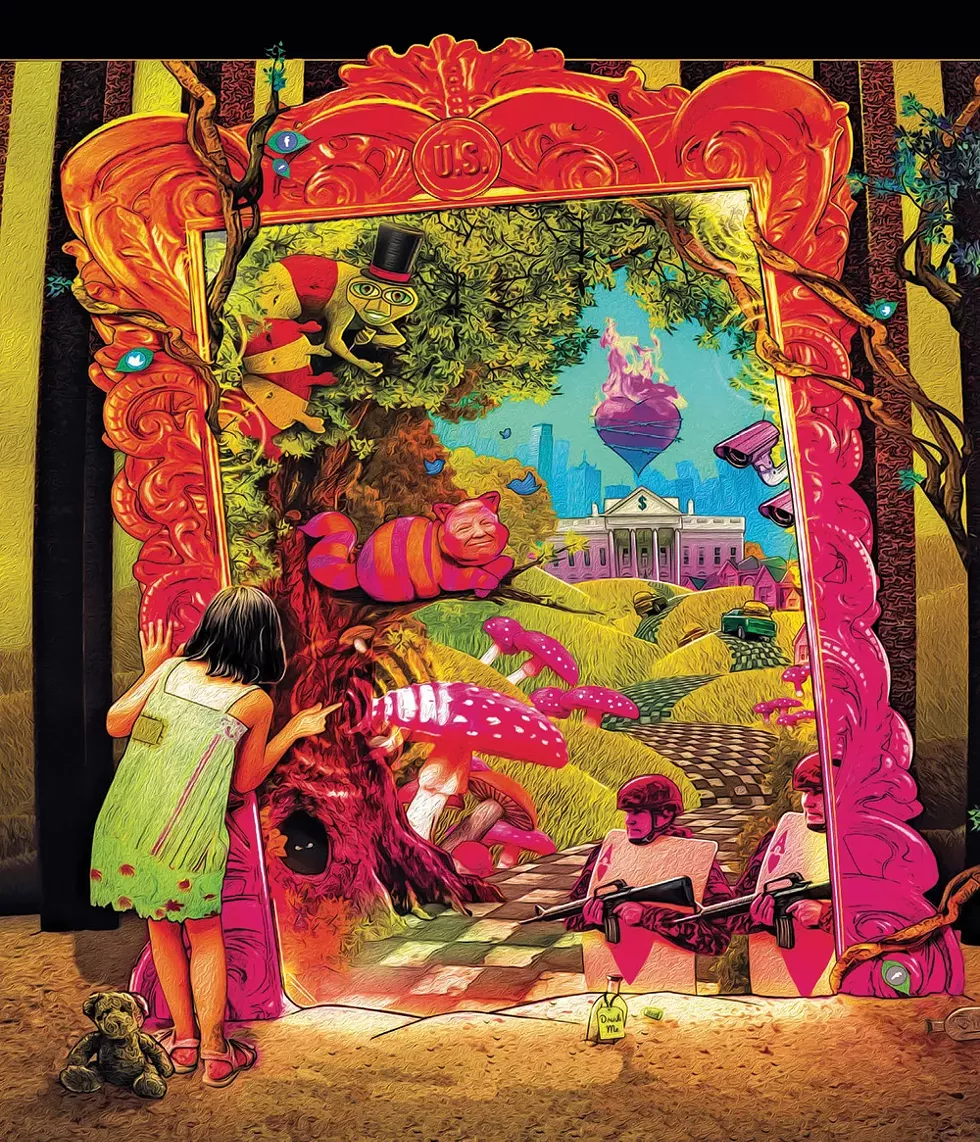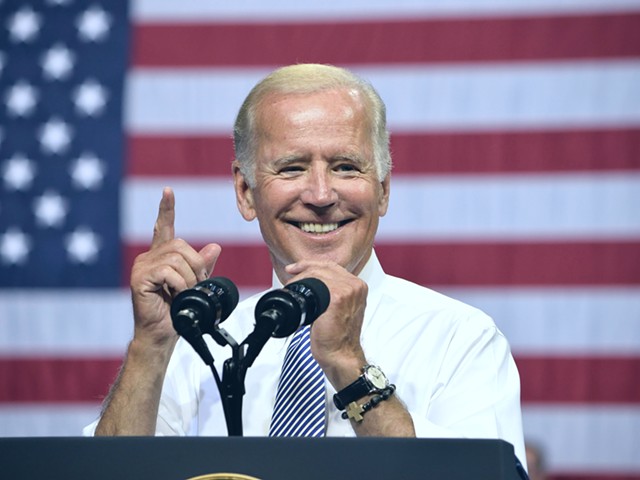Every year, Project Censored scours the landscape for the most important stories that the mainstream corporate media somehow missed, and every year the task seems to get a bit stranger. Or "curiouser and curiouser" as suggested in the subtitle of this year's volume of their work, Censored 2020: Through the Looking Glass, which includes their full list of the top 25 censored stories and much, much more about the never-ending struggle to bring vitally important hidden truths to light.
In the foreword, "Down the Rabbit Hole of 'Media Literacy' by Decree," Sharyl Attkisson, an Emmy Award-winning investigative journalist, highlights the absurdity of "so many well-organized, well-funded efforts to root out so-called 'fake news,' which — as we'll see below — have significantly impacted the kinds of journalists and outlets who have historically produced the stories that make Project Censored's list in the first place.
"The self-appointed curators, often wielding proprietary algorithms, summarily dispense with facts and ideas that they determine to be false — or maybe just dangerous to their agendas," Attkisson notes. "Thanks to them, we will hardly have to do any of our own thinking. They'll take care of it for us."
Does that seem hyperbolic? Well, read on, dear reader, read on. In Project Censored's No. 2 censored story this year, you'll discover Facebook partnering with a NATO-sponsored think tank to "monitor for misinformation and foreign interference" — a think-tank whose funders include the U.S. military, the United Arab Emirates, weapons contractors, and oil companies. And whose board includes Henry Kissinger, the world's most famous war criminal. Who better to tell you who to believe? Or better yet, decide who you'll never even hear from?
"Through the Looking Glass." Yes, indeed.
In the beginning, Project Censored's founder, Carl Jensen, was partly motivated by the way that the early reporting on the Watergate Scandal never crossed over from being a crime story to a political story until after the 1972 election coverage.
It wasn't censorship in the classic sense practiced by church and state since time immemorial, but it was an example of something even more insidious, because no clear-cut act of censorship or all-powerful censor was needed to produce the same result of a public left in the dark. Jensen defined censorship as "the suppression of information, whether purposeful or not, by any method — including bias, omission, underreporting or self-censorship — that prevents the public from fully knowing what is happening in its society." And the most obvious way to start fighting it was to highlight the suppressed information in the form of the stories that didn't get widely told. Thus Project Censored and its annual list of censored stories was born.
Jensen's conception of censorship may be light-years away from how most media figures think of things. But while introducing this year's list of stories, the volume's co-editor Andy Lee Roth quotes media legend Walter Lippmann echoing the same sensitivity in his 1920 book, Liberty and the News: "whether one aspect of the news or another appears in the center or at the periphery makes all the difference in the world."
But Project Censored was never just about the individual stories, it was about the patterns of marginalization and suppression that could be seen through the lens of connecting them. In his introduction, Roth says, "identifying these unifying themes is one significant way to gauge the systemic blind spots, third rails, and 'no go' zones in corporate news coverage." He identifies several such patterns, which are stronger and more vivid in the full list of Project Censored's Top 25 stories, but still illuminating in terms of the Top 10. Stories: 1 and 2 deal with press freedoms, stories 2, 4, and 9 deal with corporate misconduct, stories 2 and 10 deal with technology, stories 3 and 4 deal with the environment, stories 5, 6, and 8 deal with gender inequalities, and stories 6, 7, and 8 deal with criminal justice, prisons, and detention.
As you can see, these patterns overlap. Stories 2, 4, 6, and 8 are all part of at least two. And there may well be other patterns you discover for yourself. These patterns don't just connect issues and problems that those in power would rather neglect. They also connect people, communities, and potential solutions, which those in power would rather see stay disconnected. So don't just read the following as a list of stories "out there." Read it as an opportunity to connect.






